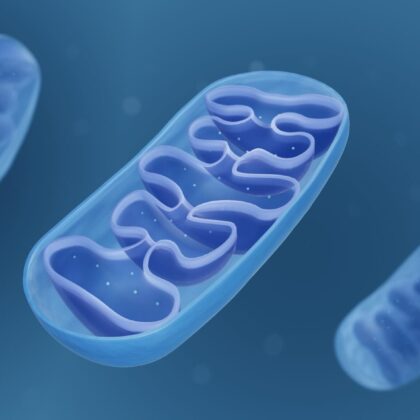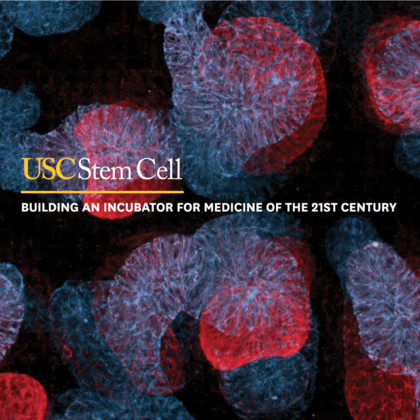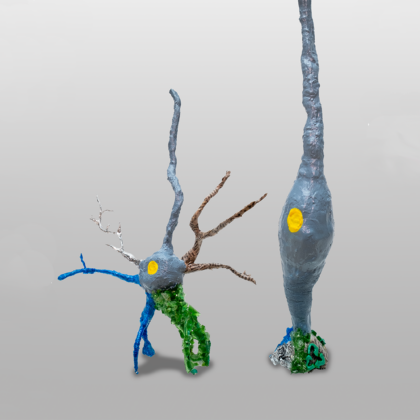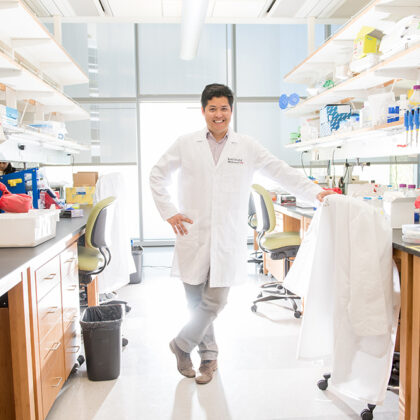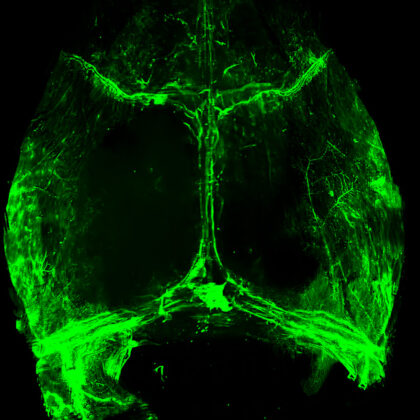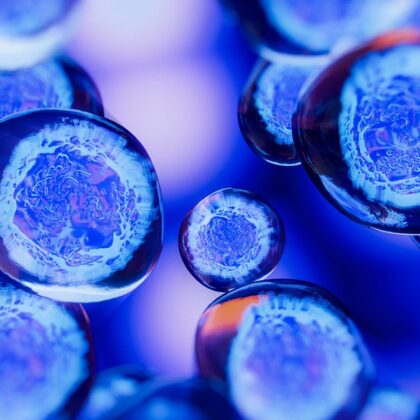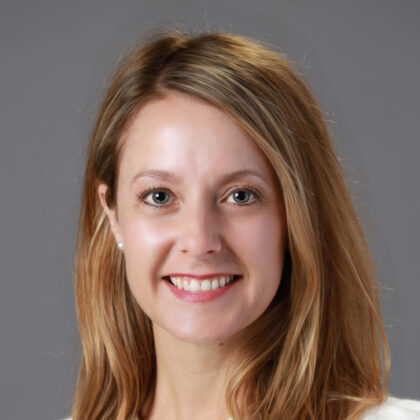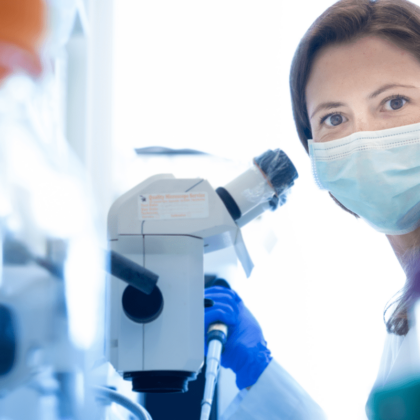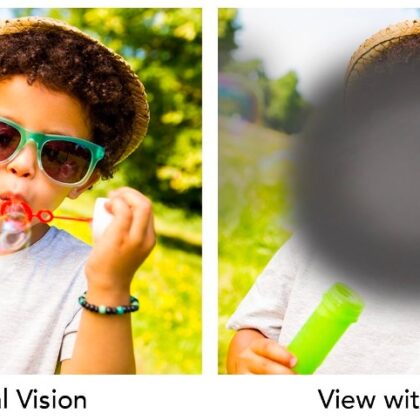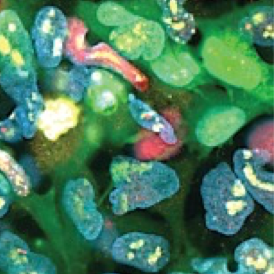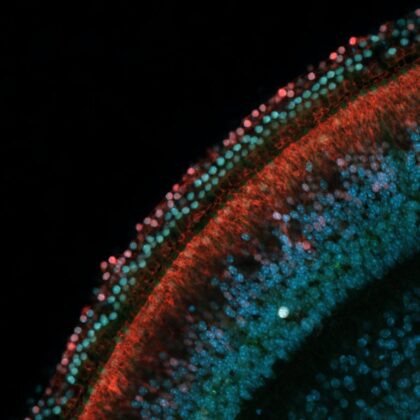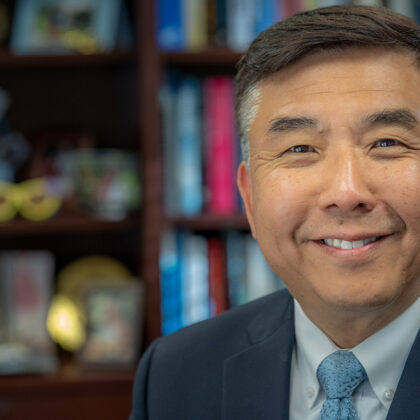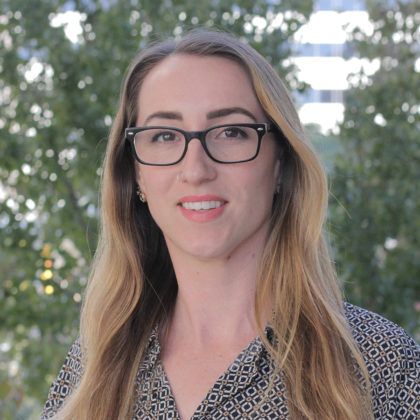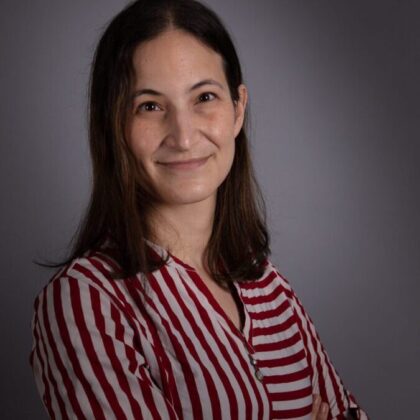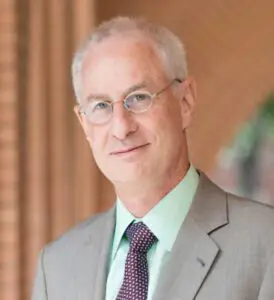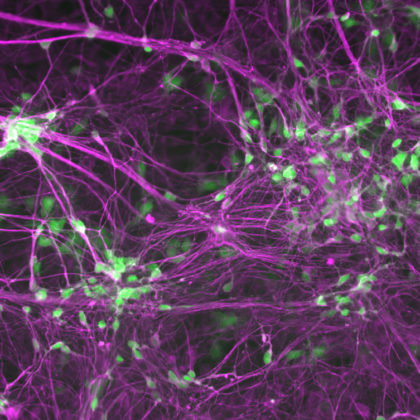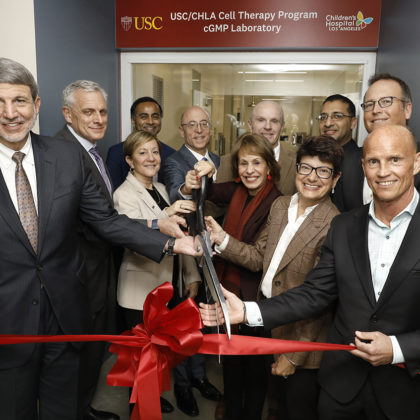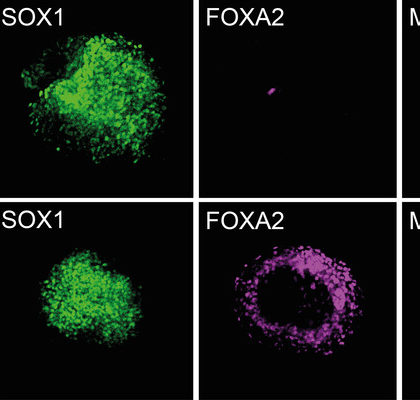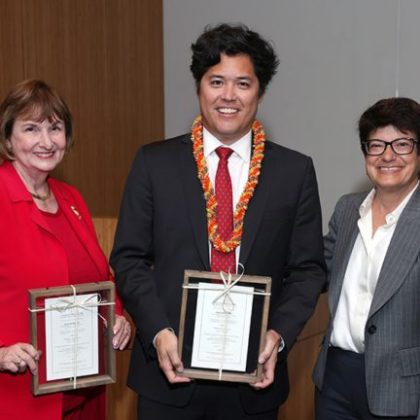Newly discovered genetic mutation protects against Parkinson’s disease and offers hope for new therapies
Beneficial variant is a mitochondrial microprotein that could be key to developing future pharmaceutical interventions. A previously unidentified genetic mutation in a small protein provides significant protection against Parkinson’s disease and offers …
Building an Incubator for Medicine of the 21st Century
USC Stem Cell is pleased to introduce our new publication. We hope you’ll enjoy reflecting back on our history, while looking ahead to the transformative times to come. Read now at https://stemcell.keck.usc.edu/wp-content/themes/stemcell/incubator.
The Autism-linked gene SYNGAP1 could impact early stages of human brain development, USC study reveals
New research shows that variants of SYNGAP1, a gene previously thought only to affect synapses between mature neurons, may disrupt early development in the brain’s cortex, a region involved in higher-order cognitive …
USC Stem Cell research from Justin Ichida’s lab advances toward clinical development for ALS, following a license agreement between companies Takeda and AcuraStem
USC Stem Cell scientist Justin Ichida has learned to inhabit two worlds: the university where his lab makes discoveries, and the companies that can help commercialize these discoveries into new treatments for …
A new way to treat craniosynostosis?
Craniosynostosis is a birth defect in which the bones in a baby’s skull fuse too early — before the brain is fully formed. It happens in 1 in nearly 2,200 births and …
$2 million grant boosts technological advancements in cutting-edge cell therapy manufacturing facility
The Keck School of Medicine of USC has received $2 million from the California Institute of Regenerative Medicine (CIRM) to further augment its newly launched cGMP Laboratory, a state-of-the-art facility designed to …
Inside the hunt to understand developing baby skulls
If you’ve ever held a baby, you probably remember soft spots on their heads — space for the developing skulls to grow around the brain. When the system works correctly, it leaves …
Breaking the sound barrier: Ksenia Gnedeva’s transformative research on growth and regeneration in the inner ear sensory organs
Some children dream of growing up to be a ballerina or an astronaut, but Ksenia Gnedeva always knew she wanted to be a biologist. “I remember receiving a microscope for my sixth …
USC-supported startup receives major grant for clinical trial of a promising eye treatment
A stem cell patch developed by USC researchers for patients with macular degeneration will soon be tested in a phase 2b clinical trial. This latest milestone in the patch’s development was made …
ALS and frontotemporal dementia show origins in utero, according to evidence from mice and patient-derived stem cells
Even though neurodegenerative diseases often strike in middle age or later, patients could have structural differences in their brains that arise before birth. In a new study in Cell Reports, USC Stem …
USC Stem Cell mouse studies tune into hearing regeneration
A deafened adult cannot recover the ability to hear, because the sensory hearing cells of the inner ear don’t regenerate after damage. In two new studies, partially funded by the National Institutes …
University Professor Yang Chai wins 2023 Harvard School of Dental Medicine’s Paul Goldhaber Award
Yang Chai, the associate dean of research for the Ostrow School of Dentistry of USC, has been awarded the 2023 Paul Goldhaber Award by the Harvard School of Dental Medicine. The highest …
USC Stem Cell faculty member Louise Menendez helps students realize their pluri-potential
Louise Menendez, the newest assistant professor in USC’s Department of Stem Cell Biology and Regenerative Medicine, credits her mother as her first role model for career success. Both of Menendez’s parents work …
USC Professor Bérénice Benayoun receives grant to study menopause and ovarian aging
Bérénice Benayoun, assistant professor of gerontology at the USC Leonard Davis School, received a $200,000 grant from the Chan Zuckerberg Initiative (CZI). The funding will support Benayoun’s work in understanding the molecular …
Pinchas Cohen named USC Distinguished Professor
Pinchas Cohen, dean of the USC Leonard Davis School of Gerontology, has been named a Distinguished Professor, an honor that is granted to a select group of USC academics each year. “These …
USC Stem Cell-led studies point the way to broadly effective treatments for ALS
Each year in the U.S., 5,000 patients receive a diagnosis of ALS, an incurable neurodegenerative disease that will likely kill them within two to five years. In the quest to find a …
New USC/CHLA cGMP Lab opens to accelerate next-generation cell therapy
A new laboratory designed to advance early-stage research into lifesaving, commercially viable therapies was celebrated on the USC Health Sciences Campus Tuesday night. Housed at the USC Norris Comprehensive Cancer Center, the …
Weiss-Kruszka syndrome and the failure to establish neuronal identity
Weiss-Kruszka syndrome is a rare neurodevelopmental disorder characterized by craniofacial anomalies, developmental delay, and autistic features. Researchers at the Institute of Molecular Biotechnology (IMBA) of the Austrian Academy of Sciences and the …
Justin Ichida honored as the inaugural John Douglas French Alzheimer’s Foundation Associate Professor of Stem Cell Biology and Regenerative Medicine at USC
In March 2020, Justin Ichida, PhD, was appointed to a prestigious endowed professorship at Keck School of Medicine of USC through a generous philanthropic gift from the John Douglas French Alzheimer’s Foundation. …
Method developed by Children’s Hospital Los Angeles researchers automates brain cell mapping
Neuroscience graduate students at Children’s Hospital Los Angeles have developed an automated method that could save time and work for laboratories around the country by streamlining the process of identifying and mapping …
